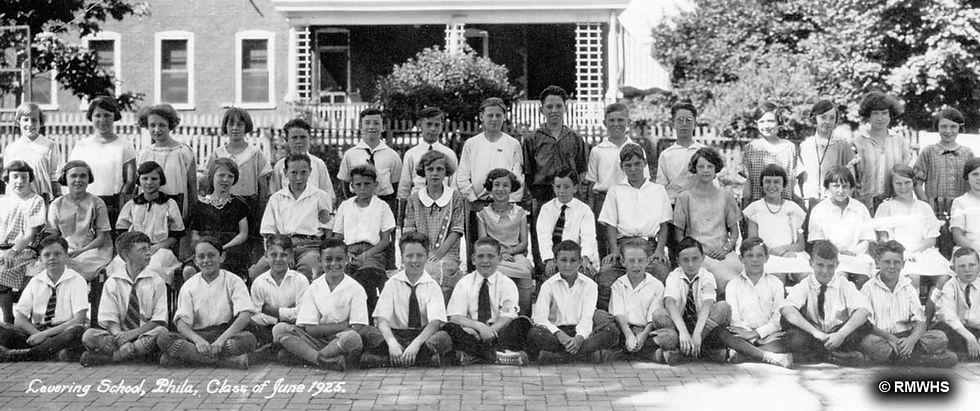Preserving & Promoting
Local History, Art, & Culture




Main Street Manayunk Historic District
Manayunk Social Development
The development of Manayunk as an important industrial center impacted the social development of the community. The town of Manayunk received its name at the first town meeting, May 4, 1824. Originally the area was known as "Flat Rock" because of a large flat rock formation at the lower side of the Flat Rock Bridge. The name was changed to Manayunk for the Indian word "Maniung" meaning "where we go to drink."
 Describe your image |
|---|
After completion of the canal, the population of Manayunk increased rapidly. From 1818 to 1822, Manayunk's population grew from 60 to 800. A census taken in April 1827, counted a population of 1,088. By 1840, the population of what is now the 21st ward (Manayunk, Roxborough & Wissahickon) was 5, 797 people, and Manayunk had grown sufficiently large to incorporate as a separate entity, withdrawing from the township of Roxborough. In 1854, with a population of over 6,000 people, Manayunk was incorporated into the City of Philadelphia. However, it continued to remain a somewhat socially isolated area because of its own industrial base, and hilly topography.
Most of the early foreign-born inhabitants attracted by the employment opportunity, came from the industrial areas of England, Scotland, and Ireland. Irish and English immigrants were succeeded by Germans, Italians and then Poles. The strong economy resulted in a high degree of social mobility, and many foreign-born laborers later became mill owners. Growth in employment generated a demand for housing, and quickly followed by housing construction on the steep slopes above the Schuylkill. In the early period of Manayunk's development there was a little physical separation between the working and management classes; geography and topography limited the open space available for housing, resulting in dense rowhouse development.
This information has been posted by RMWHS with the permission of the Philadelphia Historical Commission.